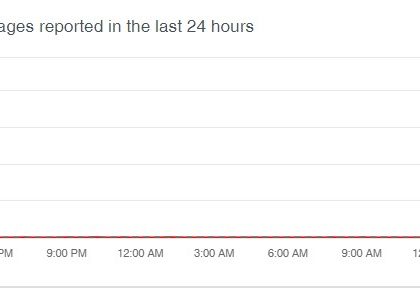A Look at Locky Ransomware’s Recent Spam Activities [source: trendmicro]
by CIRT Team
Ransomware has been one of the most prevalent, prolific, and pervasive threats in the 2017 threat landscape, with financial losses among enterprises and end users now likely to have reached billions of dollars. Locky ransomware, in particular, has come a long way since first emerging in early 2016. Despite the number of times it apparently spent in hiatus, Locky remains a relevant and credible threat given its impact on end users and especially businesses. Our detections show that it’s making another comeback with new campaigns.
A closer look at Locky’s activities reveals a constant: the use of spam. While spam remains to be a major entry point for ransomware, others such as Cerber also employ vectors like exploit kits. Locky, however, appears to concentrate its distribution through large-scale spam campaigns regardless of the variants released by its operators/developers.
The Necurs Connection
We’ve also found how the scale and scope of Locky’s distribution are fueled by the Necurs botnet, a spam distribution infrastructure comprising zombified devices. It churns out a sizeable amount of spam emails carrying information stealers like Gameover ZeuS, ZBOT or Dridex, and other ransomware families such as CryptoLocker, CryptoWall, and Jaff.
For more, click here.
Recommended Posts

Training on cybersecurity awareness for Department of Women Affairs
25 Nov 2023 - Articles, English articles, News, News Clipping, Service










